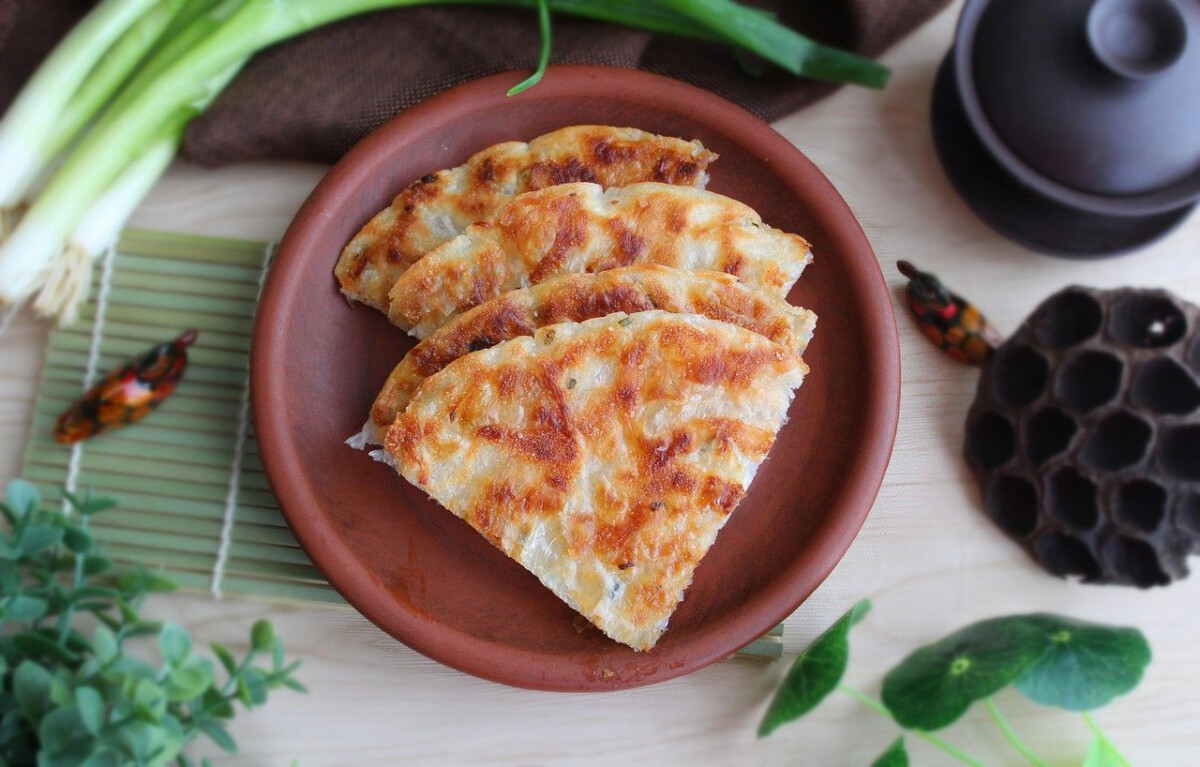Jianbing: China’s Beloved Breakfast Crepe

Jianbing is widely considered the most popular breakfast street food in China, with over 1.5 billion sold annually according to a 2024 market report by the Chinese Street Food Association. This savory crepe is made fresh on a griddle, using a mixture of mung bean and wheat flour batter. Vendors crack an egg onto the crepe, then layer on crisp fried wonton, scallions, cilantro, and a signature hoisin-chili sauce blend. In cities like Beijing and Shanghai, you’ll find jianbing stalls on nearly every block during morning rush hour. Prices typically range from 6 to 10 yuan ($0.80–$1.40), making it accessible for all. The recent trend is to add fillings like ham, cheese, or even spicy beef, catering to younger tastes. Data from Meituan, China’s leading food delivery app, showed jianbing orders surged by 23% in 2024, cementing its spot as a breakfast mainstay.
Chuan’r: Skewered Perfection From Xinjiang
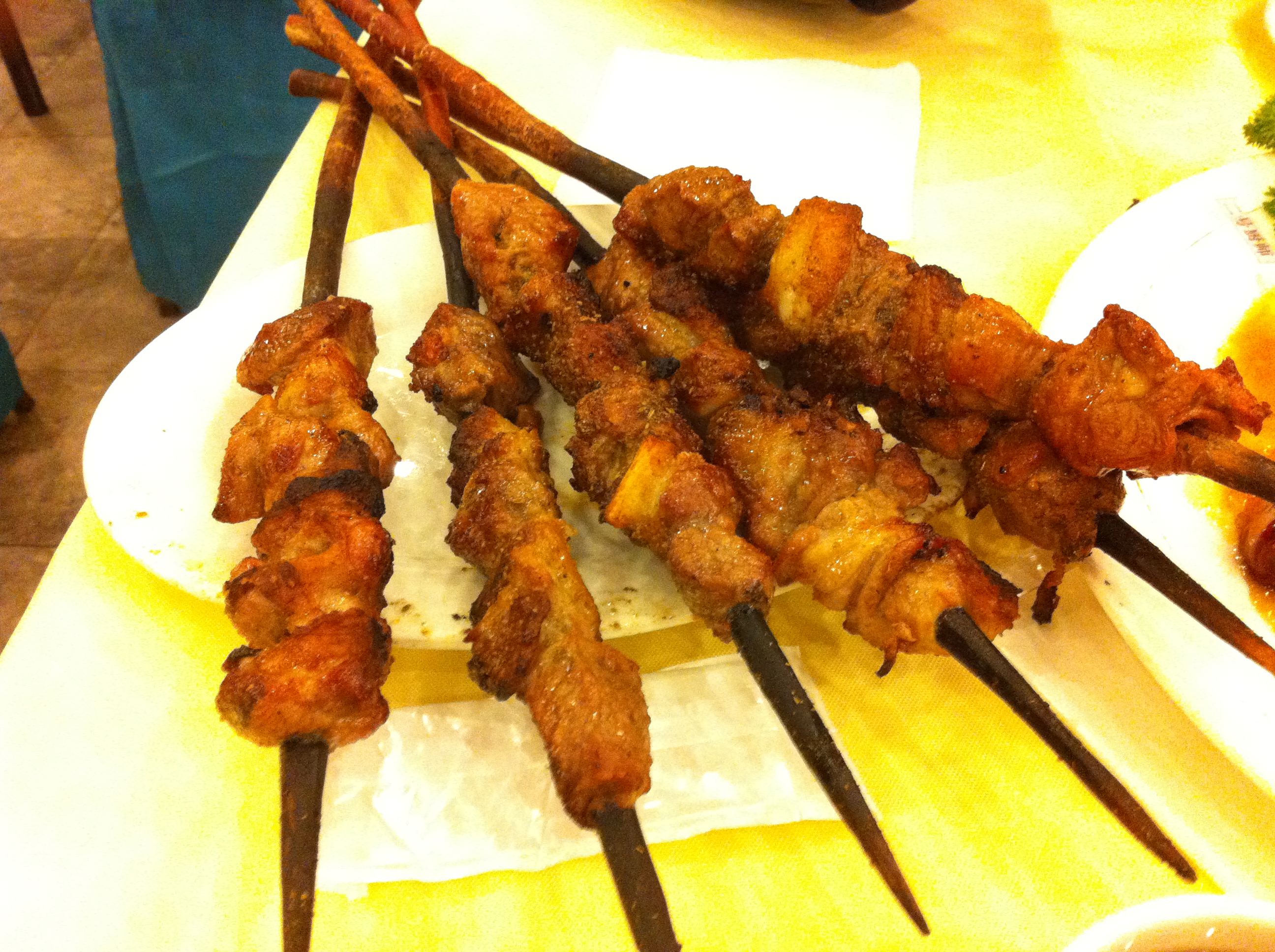
Chuan’r, or Chinese kebabs, originated in the Xinjiang region but are now a staple from Beijing to Guangzhou. According to a 2023 survey by the China Food Industry Association, chuan’r ranks as the #1 late-night street snack among urban youth. Typically, chunks of lamb or beef are marinated with cumin, chili, and sesame seeds, then grilled over open flames. Vendors often fan the coals to create that irresistible smoky aroma. In 2024, reports from street food festivals in Chengdu and Xi’an documented more than 10,000 skewers sold per night during peak season. The growing popularity of meatless diets has also led to a 12% rise in tofu and mushroom chuan’r, according to recent data from Dazhong Dianping. Chuan’r’s flexibility and bold flavors make it a must-try for anyone seeking the heart of Chinese street culture.
Roujiamo: The “Chinese Hamburger” With a 2,000-Year Legacy
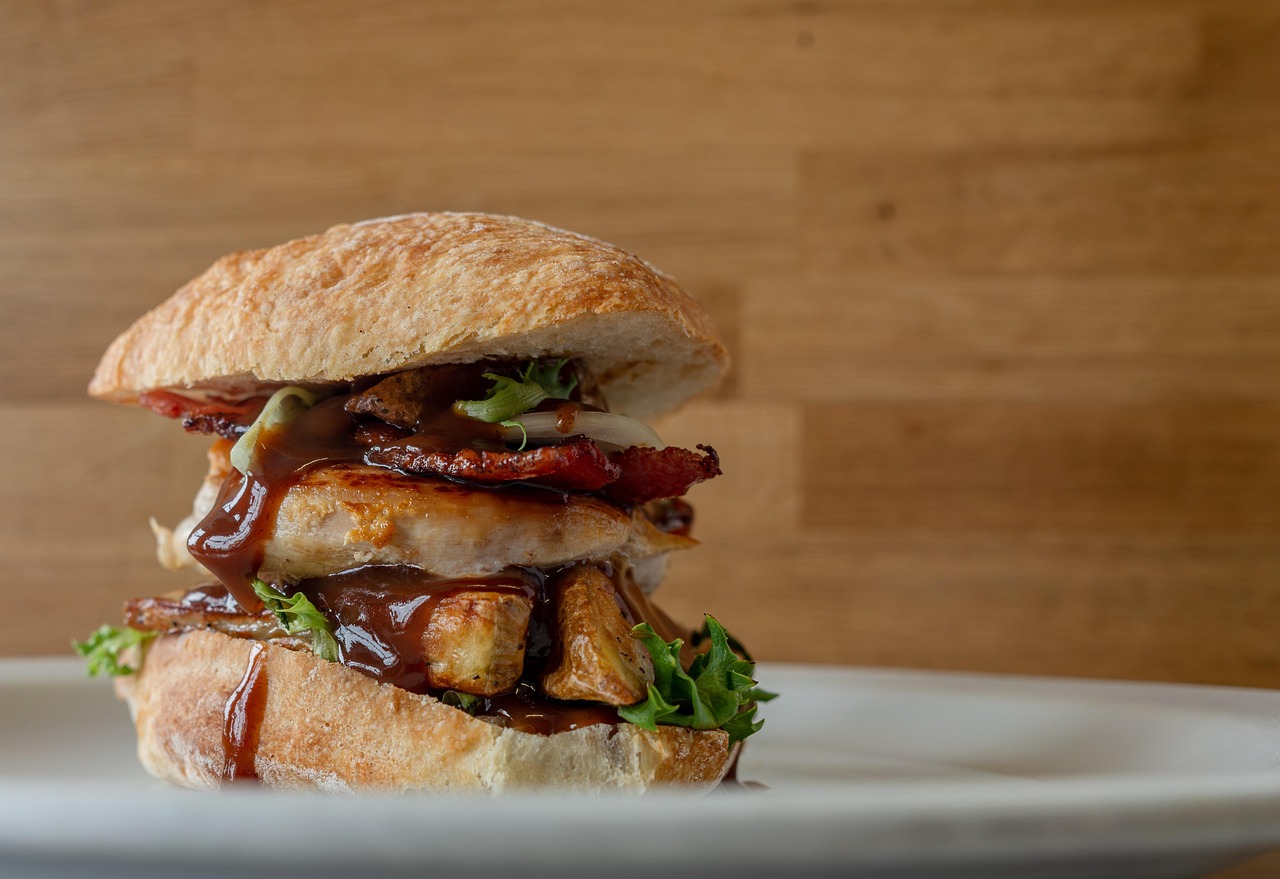
Roujiamo has been dubbed the “Chinese hamburger,” but its origins date back to the Qin Dynasty, more than 2,000 years ago. This snack features slow-braised pork or beef, chopped and stuffed inside a crispy, oven-baked flatbread. In Xi’an, where roujiamo is most famous, precise recipes are fiercely guarded secrets. According to the 2024 Xi’an Food Expo, more than 7 million roujiamo are consumed every week within the city limits. Modern variations include fillings like cumin lamb or spicy chicken, reflecting regional diversity. A 2024 poll by China Daily found roujiamo to be the top-selling item in local night markets. The bread is typically baked in a clay oven, giving it a unique texture that’s both crunchy and chewy. This snack’s enduring legacy and adaptability make it a true icon of Chinese street food.
Stinky Tofu: The Pungent Powerhouse of Night Markets
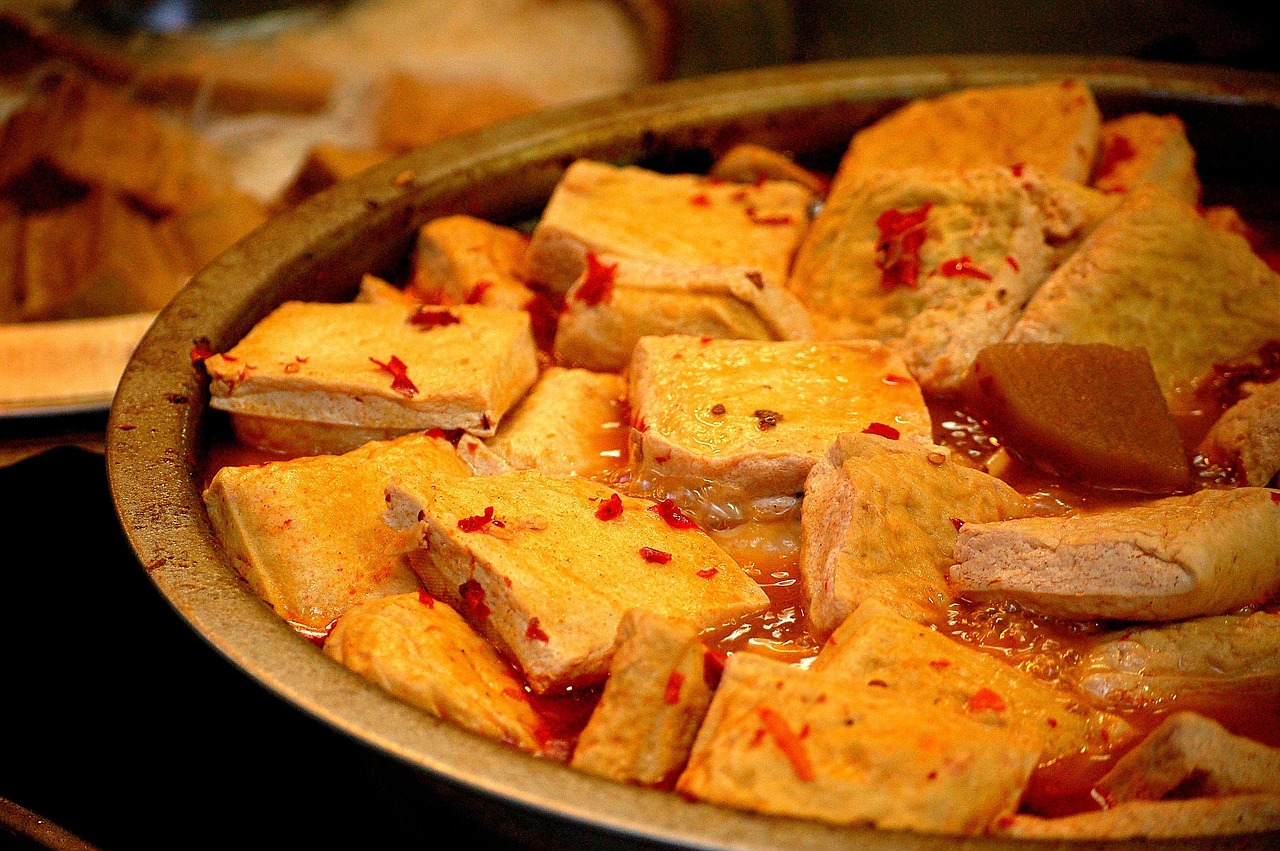
Stinky tofu, or chou doufu, divides opinion but draws millions of fans each year. This fermented tofu is deep-fried and served with chili sauce or pickled cabbage. According to a 2023 study by the Shanghai Culinary Institute, over 60% of surveyed visitors to Shanghai’s Shouning Road Night Market tried stinky tofu at least once. Its smell comes from a fermentation process involving milk, vegetables, and sometimes shrimp brine, lasting up to several months. Despite—or because of—its strong aroma, demand is surging: food delivery app Ele.me reported a 17% increase in stinky tofu orders in 2024. Vendors often boast about their secret brine recipe, promising a flavor that’s surprisingly mild beneath the initial punch. For many, conquering stinky tofu is a badge of honor and a rite of passage in Chinese food culture.
Shengjianbao: Juicy Pan-Fried Buns from Shanghai
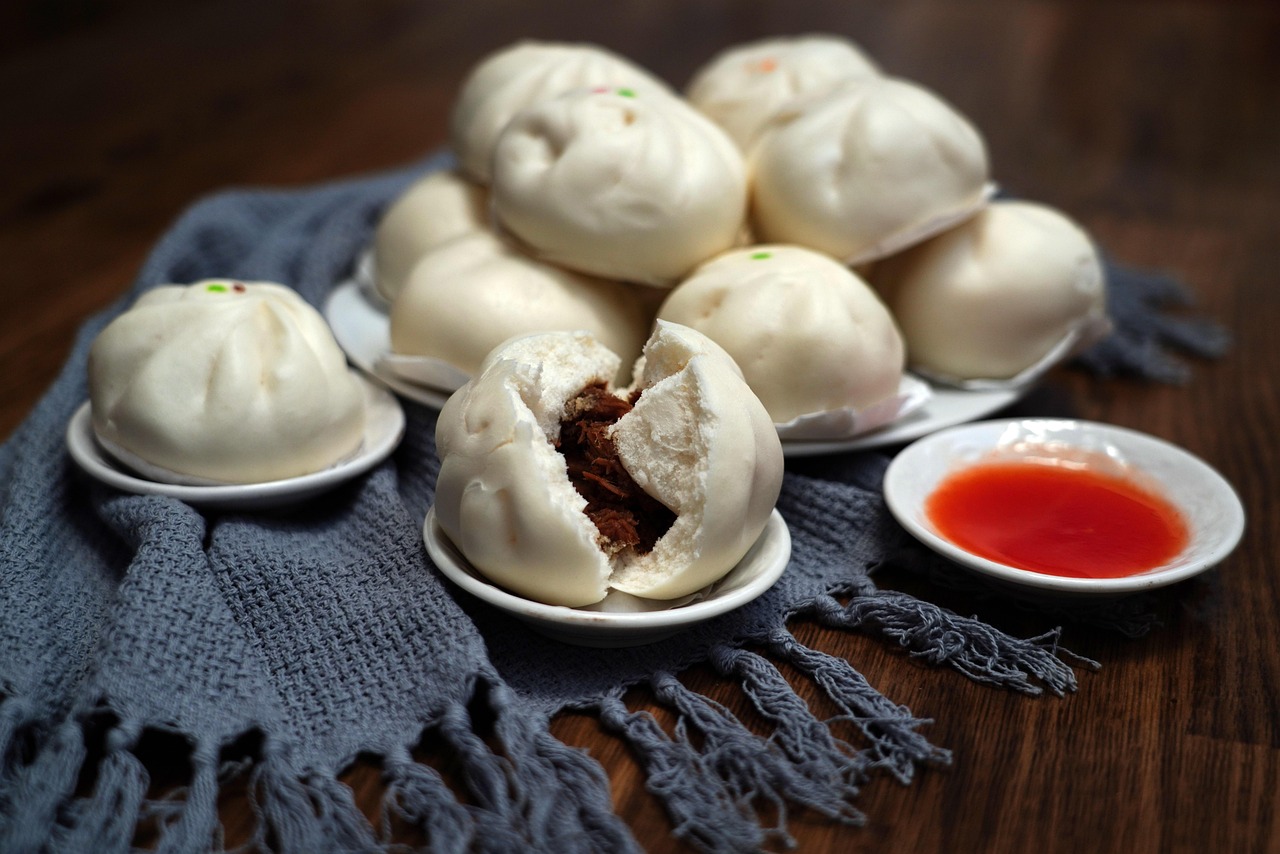
Shengjianbao are pan-fried pork buns, boasting a crispy bottom and a juicy, soup-filled interior. According to Shanghai municipal data, over 9 million shengjianbao are consumed daily across the city’s breakfast stalls. The dough is thicker than the more famous xiaolongbao, allowing the bottom to develop a golden crust while the top remains pillowy soft. Vendors typically sprinkle the buns with sesame seeds and scallions before serving. A 2024 report by the Shanghai Street Food Council noted that shengjianbao are especially popular among tourists, with 72% of foreign visitors ranking them as their favorite local snack. The balance of textures—crispy, chewy, and juicy all at once—makes this street food unforgettable. Recent innovations include fillings like shrimp, vegetables, or spicy beef, showing the bun’s versatility.
Liangpi: Refreshingly Cool Noodles for Hot Days
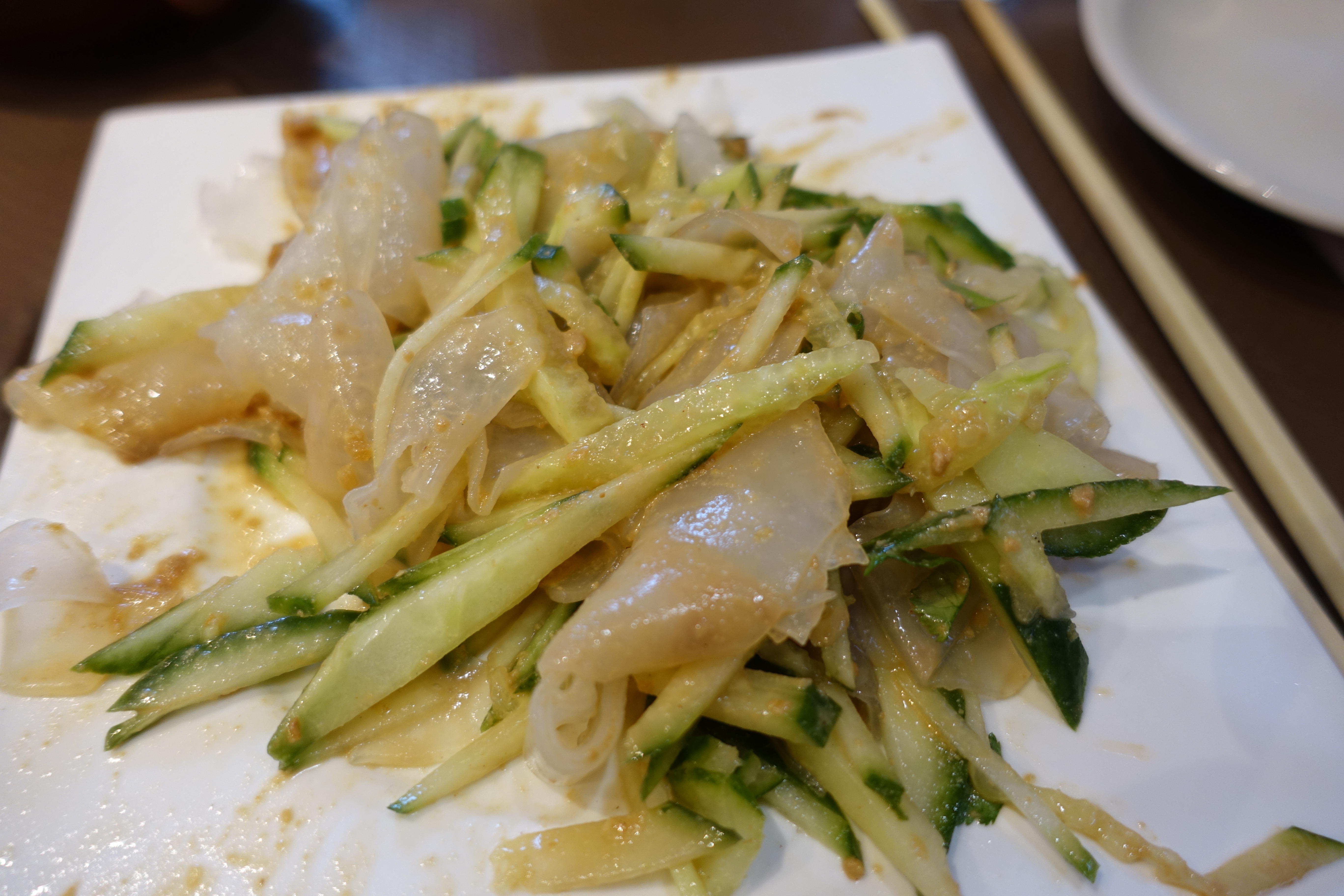
Liangpi, or “cold skin noodles,” are a specialty from Shaanxi province but enjoyed throughout China, especially in the summer. These wheat or rice noodles are handmade, sliced, and tossed with chili oil, vinegar, garlic, and cucumber. According to a 2024 market analysis by China’s Cold Dish Association, liangpi sales spike by 40% during June–August heatwaves. Street vendors often prepare liangpi fresh each morning, ensuring a chewy texture and bright, tangy flavor. The dish is naturally vegan and gluten-free, leading to increased popularity among health-conscious eaters—a 2024 survey by Vegans of China found liangpi to be the top vegan street food in Xi’an. Portions are generous and cost just 8–12 yuan ($1–$1.70), making it an affordable and refreshing bite.
Yangrou Paomo: Bread and Lamb Soup from Xi’an

Yangrou paomo is a hearty soup of lamb broth, vermicelli, and crumbled flatbread, deeply rooted in Xi’an’s Muslim Quarter. According to the 2024 Xi’an Tourism Board, over 50% of all street food sales in the area come from paomo stalls. Diners traditionally tear the bread themselves, a ritual believed to enhance the soup’s flavor. The lamb is cooked for hours with spices like star anise and cinnamon, resulting in a rich, aromatic broth. Newer versions include beef or even mushroom for vegetarians, reflecting changing tastes. In 2024, paomo was named a “must-try” by Lonely Planet China, and its popularity continues to attract both tourists and locals. The soup’s combination of textures and deep flavors has earned it a loyal following across generations.
Cong You Bing: Scallion Pancakes That Crunch and Flake
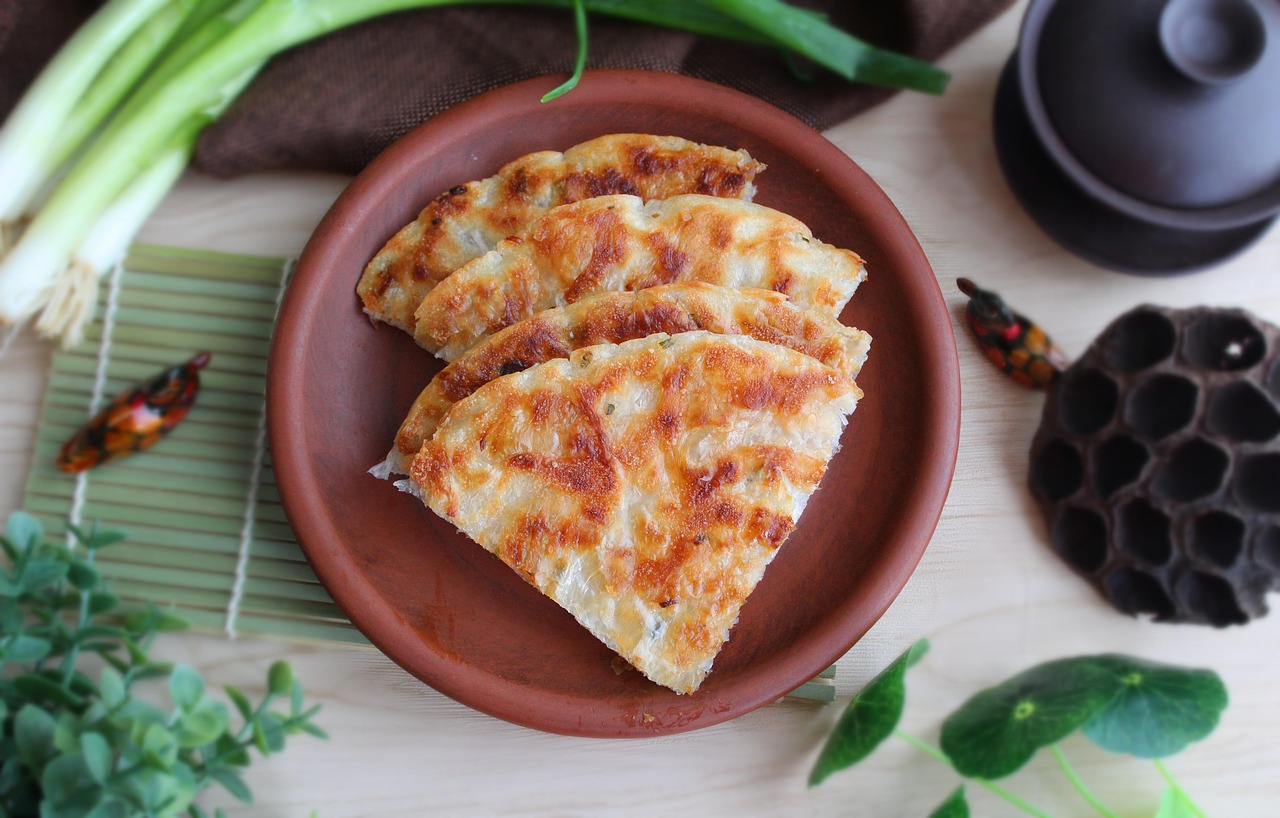
Cong you bing are savory pancakes made from unleavened dough and finely chopped scallions, pan-fried until golden and crisp. The China Bakery Industry Report (2024) revealed that over 2.3 billion scallion pancakes are sold each year nationwide. The layers are created by folding and rolling the dough multiple times, resulting in a texture that’s both chewy and flaky. Street vendors often add egg, bacon, or spicy sauces to cater to modern palates. In Taipei, a viral video featuring a 90-year-old pancake master drew crowds of over 800 visitors per day last spring, highlighting the enduring appeal of this humble snack. Cong you bing is often served with a dash of soy sauce or chili paste, making it a customizable treat for all tastes.
Lu Chuan: Braised Snacks for Every Taste
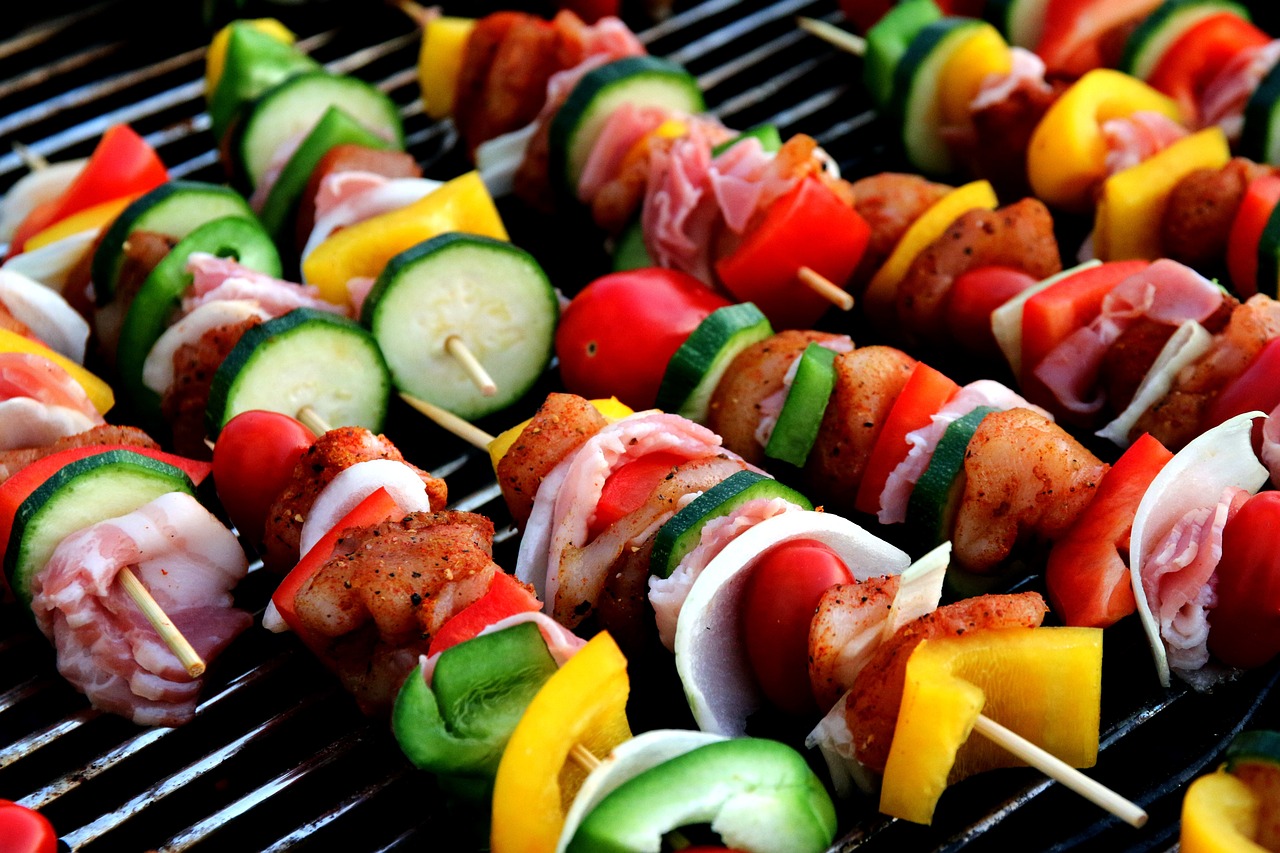
Lu chuan, or braised skewers, have exploded in popularity, especially in cities like Chengdu and Chongqing. A 2024 survey by the Sichuan Street Food Network found lu chuan vendors increased by 28% year-over-year in major urban centers. Ingredients range from quail eggs and tofu to lotus root and chicken feet, all slow-cooked in a rich, spicy broth of Sichuan peppercorn and chili. The variety is staggering—some stalls offer up to 50 different options on a single night. The communal experience of picking and sharing skewers has made lu chuan a top choice for groups of friends. According to Dianping, sales of lu chuan hit a record high during the 2024 Lunar New Year festivities, reflecting its growing role in social gatherings.
Tanghulu: Candied Fruit With a Crunch

Tanghulu, or sugar-coated fruit skewers, remain a nostalgic favorite, especially in northern China. The Beijing Municipal Food Authority reported in 2024 that over 25 million tanghulu are sold each winter season. Traditionally made with hawthorn berries, modern vendors now use strawberries, grapes, and even cherry tomatoes, appealing to younger generations. The fruits are dipped in molten sugar, which hardens into a glossy, shatteringly crisp shell. Tanghulu’s visual appeal has made it a star of social media, with over 500 million views for the hashtag #tanghulu on Chinese TikTok (Douyin) in 2024. Vendors in Beijing’s historic hutongs serve tanghulu on ice, preserving the crunch even on humid days. This treat’s playful simplicity and vibrant colors continue to win hearts, both young and old.

